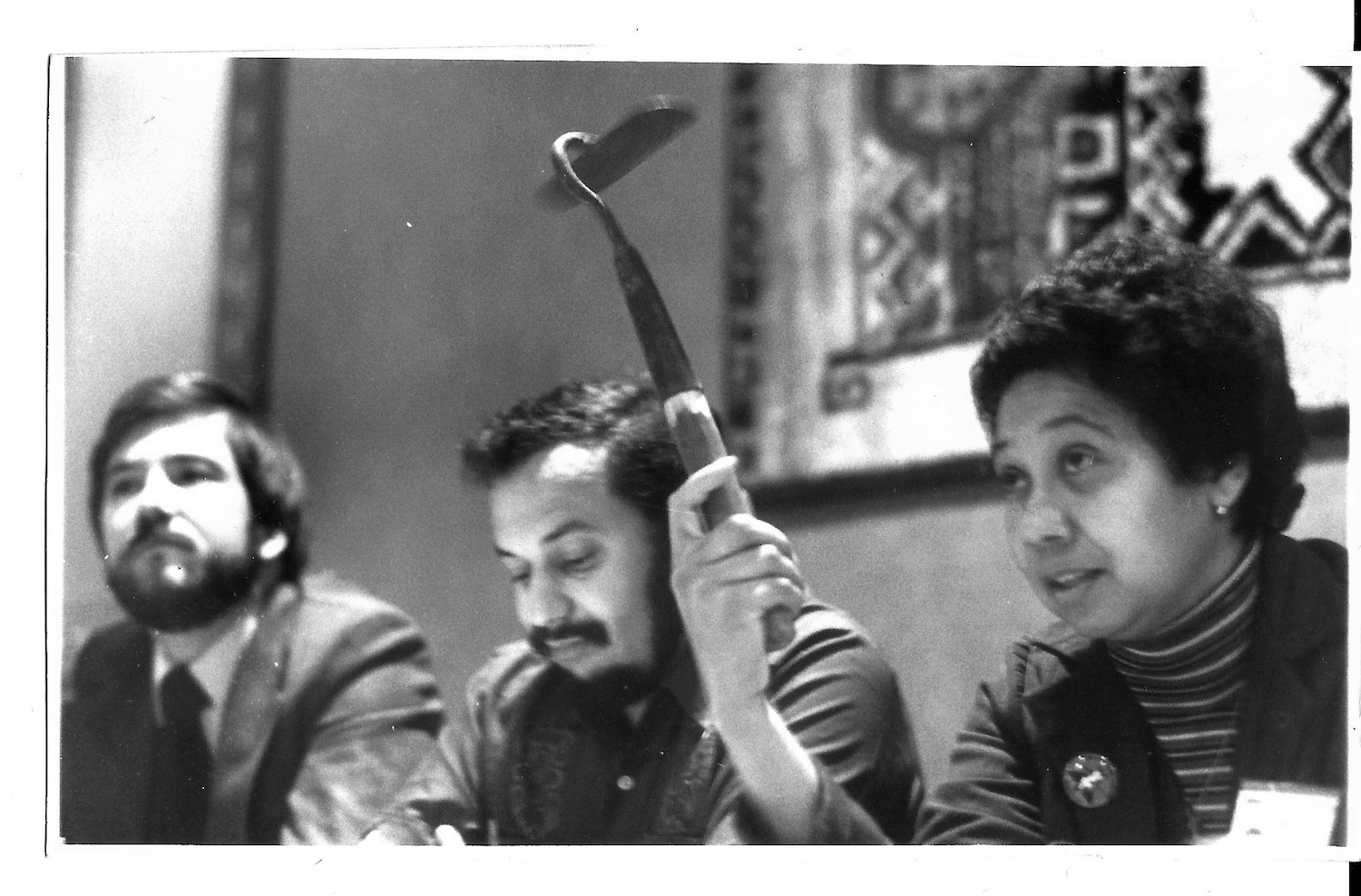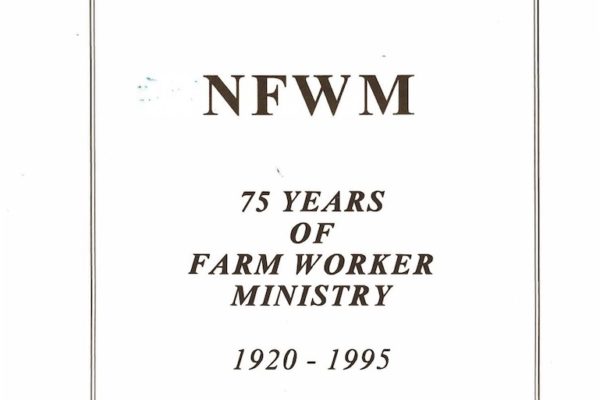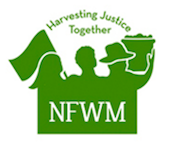“In the late 1960s and 1970s, el cortito [a twenty-four inch shorthandled hoe that required farm workers to spend hours hunched over in the fields] was the most potent symbol of all that was wrong with farm work in California: The tool was unnecessary, and farmers in most other states had long switched to longer hoes,” wrote Susan Ferriss and Ricardo Sandoval in their book(1), The Fight in the Fields: Cesar Chavez and the Farmworkers Movement.
El Cortito translates to “the short one” and was widely recognized by physicians who treated farm workers as the cause of debilitating and life long back pain. Workers also referred to the tool as “el brazo del diablo,” or “the devil’s arm,” according to the National Parks Service.
While workers had unsuccessfully protested the use of the tool since the 1920s, Cesar Chavez and the United Farm Workers took up the cause in the 1960s and 70s, lobbying for its banishment. The campaign was a success and the tool was banned in 1975, making California the first state to legally ban the use of the short-handled hoe. Once banned, farm workers’ back injuries decreased by 34%, according to the National Parks Service. However, legislation was later passed weakening the ban and once again allowing the use of the tool in the fields, though on a lesser scale. The workers again stood up for their health and dignity – and the faith community helped elevate their voices.
“Sister [Tess] Browne and Carol Ann Messina successfully lobbied for legislation to abolish “el cortito,” the short-handled hoe previously outlawed by California’s State Supreme Court in 1975,” wrote Gastón Espinosa, Virgilio P. Elizondo, and Jesse Miranda in their book(2), Latino Religions and Civic Activism in the United States. “This twenty-four inch long farming tool required workers to stoop for numerous hours, causing debilitating back problems and premature arthritis. Browne reflected on the legislative battle, ‘we wanted workers’ comp or unemployment comp to be the top priority. The workers said el cortito is the first priority, the right to stand upright, to work with dignity. That taught me much.’ Browne, who served as a major force testifying at committee and House hearings on behalf of the workers [served] on the board of the NFWM.”
The fight to eliminate the short-handled hoe stands as one of the many contributions Sister Tess Brown offered to the farm worker movement and the National Farm Worker Ministry. Introduced to the movement by Sister Pat Drydyk, Tess has remained faithful and committed to the tenants of justice and human dignity, supporting workers in their fight throughout the decades.
“If we live and we eat, we are involved in the farm worker struggle. I learned that from Cesar [Chavez] and Dolores [Huerta],” said Tess.
- Ferris, S. & Sandoval, R. The Fight in the Fields: Cesar Chavez and the Farmworkers Movement. Harcourt-Brace.
- Espinosa, G.; Elizondo, V. & Miranda J. (2005) Latino Religions and Civic Activism in the United States. Oxford University Press.






